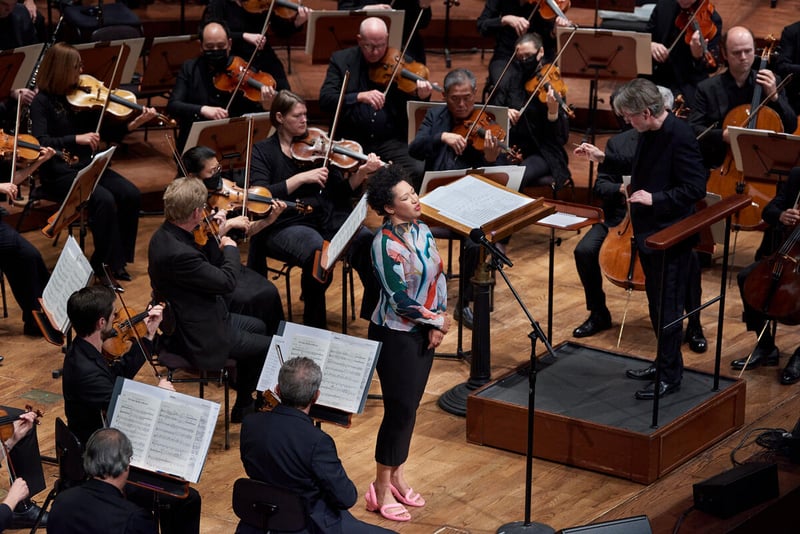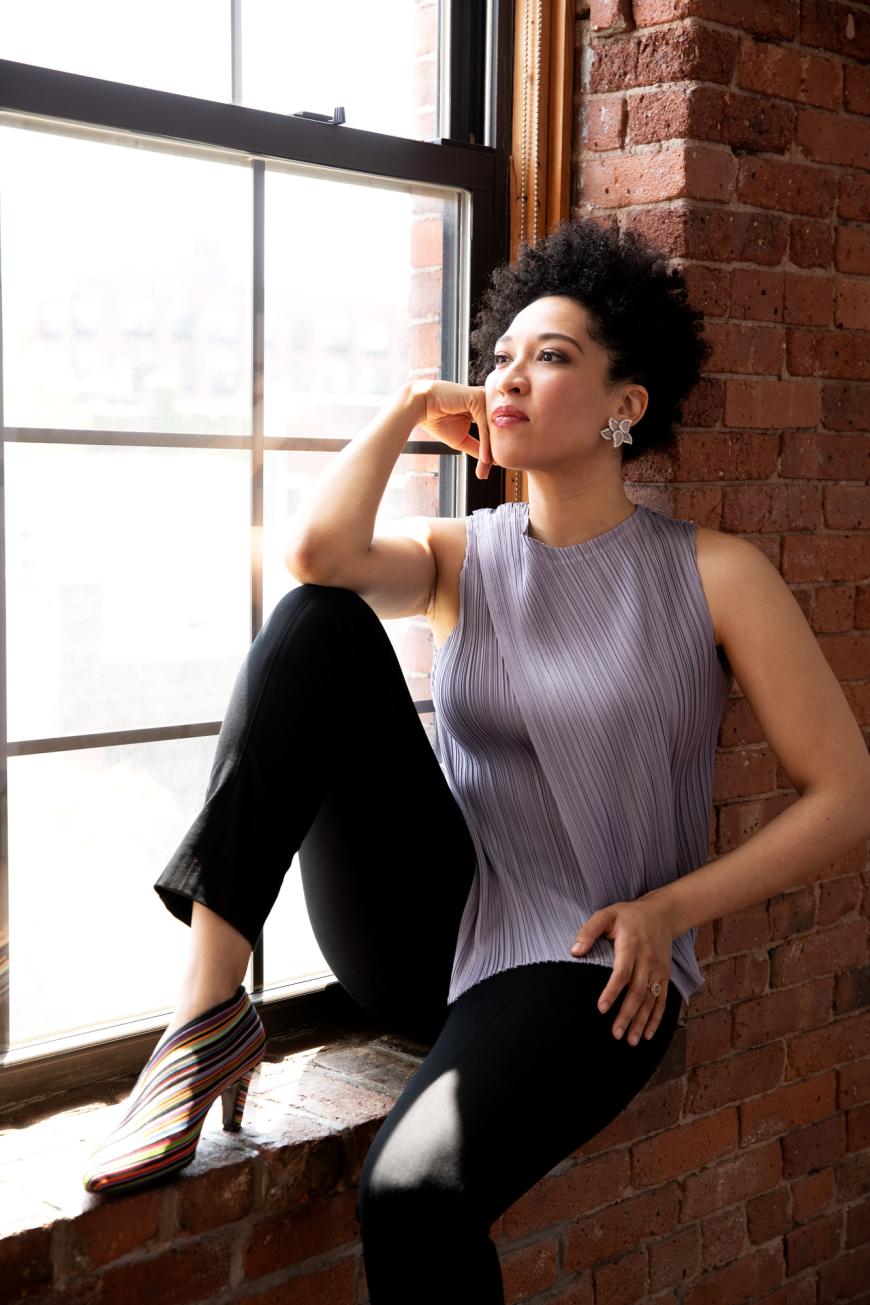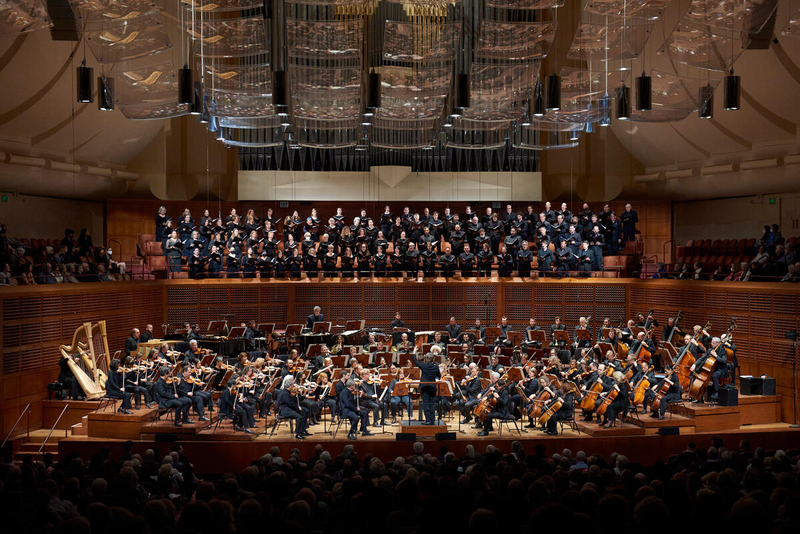
It’s summertime, and the livin’ is easy at San Francisco Symphony. Thursday’s highbrow high-minded final subscription pops program, conducted by Esa-Pekka Salonen at Davies Symphony Hall, was inspired.
American singer and SFS Collaborative Partner Julia Bullock was characteristically magnetic in three Gershwin songs, especially the languid “Somebody from Somewhere.” But the two songs by Margaret Bonds were revelatory.

Bonds, a Black composer and pianist of the 20th century, studied with Florence Price, whose music has probably graced every Bay Area concert hall this season. She rubbed shoulders with Langston Hughes, who wrote both song texts featured. Yet her music is little known; it’s not commercial. “Winter Moon” is a good example: piercing and ascetic, it’s over before it can conclude anything, yet leaves much to think about. On the other hand, “The Negro Speaks of Rivers” is a full arc, whose stately parallelisms (“I’ve known rivers ancient as the world and older than the flow of human blood”) code-switch virtuosically to the ragtime of New Orleans, then back again.
As wordsmiths, George and Ira don’t approach Langston, and Thursday’s back-and-forth programming jerked me around, like when my car stereo absurdly shuffles Threnody to the Victims of Hiroshima into The Syncopated Clock. Next time, give Bonds her own set.
And give another one to Reena Esmail. Black Iris may be another in a string of 10-minute contemporary works ghettoized to the overture slot, but it’s an unusually ambitious and often fine piece.
Written in 2018 and slightly revised for these first SFS performances, it was originally called #metoo. The central motif is “beaten down” yet “keeps trying to find its way” within the institutions or against abuse, one assumes. But an earnest program makes promises it can’t always keep. In one open-ended section, the women of the orchestra, divided into cohorts based on seniority, sing. It’s exciting that this version of the piece is specific to the makeup of SFS, our orchestra – but on Thursday, the moment barely registered. And why would it? When does singing by non-singers ever command?
Much bolder, in fact, is Black Iris’s central motif, a roiling whole-tone line unmoored from tonality, and the way the smeary lines climb up the strings. The newly congenial title nods to the a striking oil painting by Georgia O’Keefe, but Esmail’s strong recursive gestures remind me more of O’Keefe’s nude self-portraits, whose student-grade watercolors bleed expressively. Delightful contrasts! And some unintentional contrast, in performance: against such clean passagework and precise explosions, it was a shame when musicians made errors in entrances. Mistakes aside, especially in these high-stakes moments the hidden program feels vital, after all.
The same idea, in a way, holds true for Ravel’s Daphnis et Chloé. To paraphrase Theodor Adorno, poorly, Ravel’s masterfully decorative orchestration is so fragmented, it paradoxically retains its shape, even in piano reduction or on tinny phone speakers. An impeccably balanced live performance? Pure hedonism.

The orchestra, under Salonen’s direction, thrillingly elucidated the score: the way a melody almost imperceptibly changes hands from the English horn to the clarinet, or how the same plucking reads as aggressive and front-of-the-beat in the violins, yet pillowy in the lower strings. The SFS Chorus (prepared by guest director Joshua Habermann) sang sumptuously throughout. Occasional sagging didn’t matter; the pleasure was gloriously excessive.



